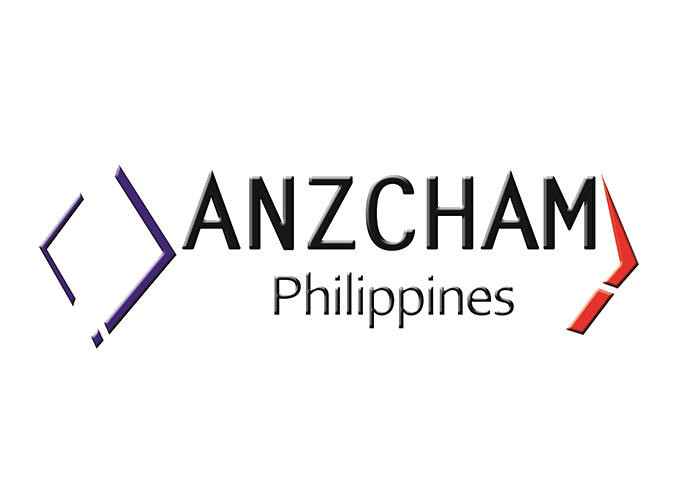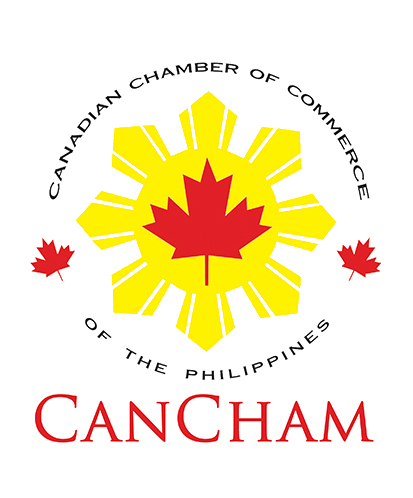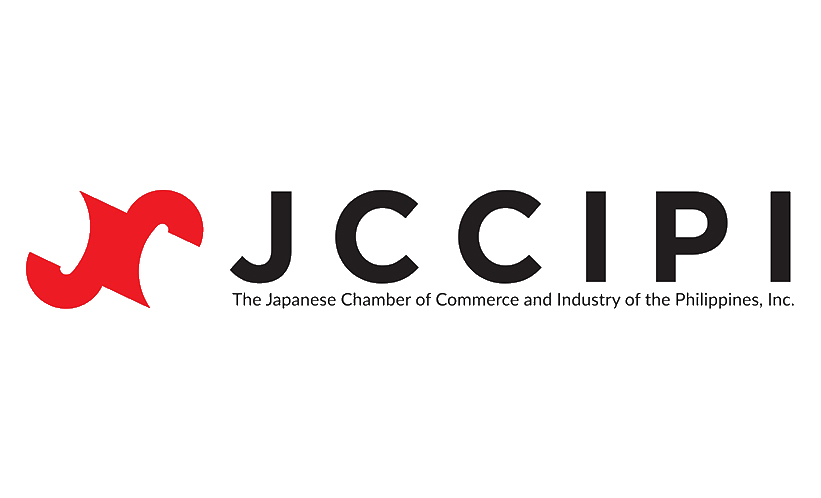BSP plays it safe by holding interest rates steady anew
February 15, 2016 at 16:14
BSP plays it safe by holding interest rates steady anew
by Bianca Cuaresma | February 11, 2016
Inflation over the policy horizon was seen tilted slightly to the downside and compelled the monetary authorities on Thursday to rule out changes in the monetary-policy structure in place since September 2014.
This developed at the inaugural rate-setting meeting of the Monetary Board of the Bangko Sentral ng Pilipinas (BSP), where the rate at which the BSP borrows from or lends to banks was kept at 4 percent and 6 percent, respectively.
Most banks predicted the freezing of the central bank’s policy rates where they are at present and all anticipate that the most logical next step was for the BSP to tighten instead.
“Our own assessment is that domestic conditions remain sufficiently liquid and aggregate demand is fairly robust, hence no need to provide further support to the domestic economy right now, especially as the inflation path
continues to show this will move to within target in the next few months,” BSP Governor Amando M. Tetangco Jr. said at the postmeeting briefing for financial reporters.
Tetangco particularly said the risks attendant to the inflation outlook have shifted “slightly to the downside” between now and the next 18 to 24 months.
The latest forecast inflation path reversed projections in December last year when this averaged 2.4 percent, but seen now at the more moderate rate of only 2.2 percent.
BSP Deputy Governor for Monetary Stability Sector Diwa C. Guinigundo traced the more moderate inflation outlook to sharply lower price of oil in the world markets, the more recent reduction in domestic transport rates and below-target headline inflation.
Guinigundo said oil prices proved “much lower” than expectations such that the BSP revised the assumed rate to $31.62 per barrel for 2016 from an earlier assumed rate of $44.90 per barrel. For 2017 the assumed rate was also downscaled to $37.53 per barrel from $50.29 per barrel.
“Given firm domestic demand, BSP judged that the Philippine economy did not require additional stimulus from monetary policy as “aggregate demand remains firm and inflation expectations are well anchored,” the Bank of the Philippine Islands (BPI) said in reaction.
The BSP opted to stay neutral as it carefully “monitors what advanced economies’ central banks and central banks in the region do as these affect risk appetite of global investors and, therefore, capital flows also,” BPI quickly added.
It also said the BSP may now be more inclined to complete preparations for the proposed interest rate corridor seen to act as guide on where domestic interest rates were moving next.
Other downside risks in the near term could arise from slower-than-expected global economic activity, potential second-round effects from lower international oil prices, petitions for transportation adjustments in other regions of the country and proposal for downward adjustments in suggested retail prices of some key food items this year.
Guinigundo said inflation should only start picking up around June this year when the rate should fall within the back to the 2-percent to 4-percent target range. Tetangco also said the monetary authorities are looking at the same external concerns as the US Fed.
He also said they continue to retain “policy flexibility” as there are risks from El Niño in medium term and from commodity and financial market volatility over the near term, as well.
“These risks require a careful balancing of policy levers, to minimize any unintended consequences of actions,” Tetangco said.
The Land Transportation Franchising and Regulatory Board only recently rolled back by 50 centavos the minimum transport fare.
Source: www.businessmirror.com.ph




























